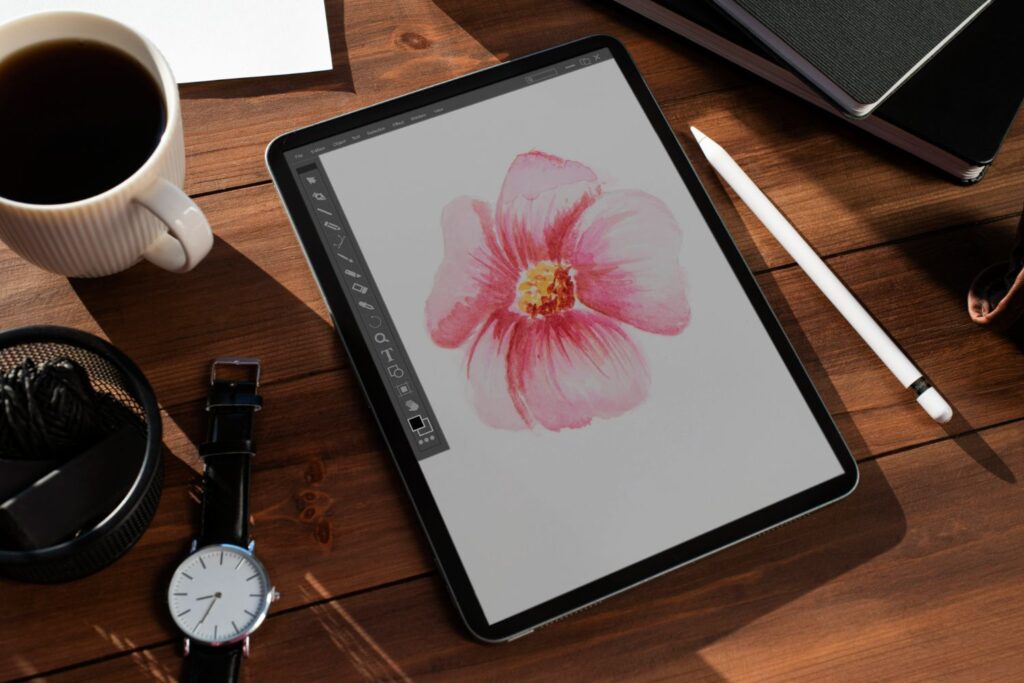iPad Drawing Without Screen Protector: Pros and Cons
Introduction:
As iPads continue to evolve, they provide artists with an increasingly powerful digital canvas. However, one common question remains: is it better to draw on an iPad without a screen protector? In this article, we will delve into the pros and cons of iPad drawing without a screen protector. We will also offer valuable tips to ensure you get the most out of your iPad drawing experience. So, let’s dive in!
Pros of iPad Drawing Without a Screen Protector
1. Enhanced Display Quality
One significant advantage of not using a screen protector is enjoying the full clarity of your iPad’s display. Many screen protectors can cause a slight decrease in display quality or introduce unwanted glare.
2. Better Responsiveness
In some cases, screen protectors can interfere with the iPad’s touch sensitivity. Drawing without a screen protector ensures maximum responsiveness, giving you a more seamless and natural drawing experience.
3. Cost Savings
Investing in a high-quality screen protector can be an added expense. By opting to draw without one, you can save money that could be used toward other artistic tools or resources.
4. Easier Stylus Navigation
Many artists find that a naked screen allows for smoother and more precise navigational control of their stylus, improving the overall drawing experience.
5. True-to-Life Pencil Feel
Without a screen protector, the iPad’s glass surface more closely mimics the feel of drawing on traditional paper, which some artists may prefer.
Cons of iPad Drawing Without Screen Protector
1. Increased Risk of Scratches
Drawing without a screen protector leaves your iPad’s display more vulnerable to scratches and damage, especially if you apply substantial pressure while drawing or accidentally drop the device.
2. Limited Tactile Feedback
Some artists appreciate the textured surface that certain screen protectors provide. It can offer enhanced tactile feedback and make the drawing experience feel more like drawing on paper or canvas, depending on the material of the screen protector.
3. Enhanced Wear and Tear
While the Apple Pencil’s tip is designed to minimize damage to your iPad’s screen, constant drawing without protection may cause wear and tear on your device one way or another.
4. Grease and Smudge Marks
Drawing directly on the glass surface tends to leave more grease and smudge marks on the screen. These marks can obstruct your view of the canvas and require frequent cleaning.
5. Reduced Resale Value
If you plan to one day sell your iPad, a pristine screen is likely more appealing to potential buyers. A scratched or worn display may reduce resale value.
Tips for Drawing on iPad Without a Screen Protector
1. Be Gentle with the Stylus
To reduce the risk of screen damage, practice a lighter touch with your stylus while drawing. Apply minimal pressure, and you’ll likely prolong the lifespan of your iPad’s display.
2. Clean Your iPad’s Screen Regularly
Frequent cleaning can help minimize grease, smudge, and dirt buildup. Keep a microfiber cloth handy and gently clean both your iPad’s screen and the Apple Pencil’s tip to ensure a pristine drawing surface.
3. Try Different Stylus Tips
Soft-tipped styli may provide a smoother drawing experience and minimize potential screen damage. Experiment with different stylus types and brands to find one that suits your needs and preferences.
4. Invest in a Device Stand or Drafting Table
A device stand or drafting table can offer greater stability and ergonomic benefits while drawing on your iPad. It reduces the likelihood of dropping your device or applying excessive pressure during the drawing process.
5. Regularly Back-Up Your Work
Although a screen protector cannot prevent data loss, accidental damage to your iPad is always a possibility. Make sure to consistently back up your work to ensure your artistic creations are safe.
Conclusion
Deciding whether to use a screen protector for iPad drawing ultimately depends on your personal preferences, priorities, and drawing habits. Some artists view screen protectors as essential tools, while others believe these protective layers degrade the drawing experience. Weighing the pros and cons can help you make an informed decision to best suit your needs.
FAQs
1. Can the Apple Pencil scratch my iPad’s screen without a screen protector?
While scratches are rare, long-term use of an Apple Pencil without a screen protector may potentially cause some wear and tear on the glass surface.
2. Should I use a matte or glossy screen protector if I decide to use one?
Matte screen protectors offer a paper-like texture, while glossy ones provide a smooth surface. It is a matter of personal preference, and you may want to try both to see which suits you better.
3. Do screen protectors affect color accuracy?
Some screen protectors may slightly affect color accuracy and brightness; however, this is not always the case with high-quality protectors.
4. Do screen protectors interfere with touch sensitivity?
Low-quality screen protectors may interfere with touch sensitivity. However, high-quality screen protectors usually don’t pose any issues.
5. Can I switch between using a screen protector and not using one to see which is better?
Yes, you can experiment with and without a screen protector to determine your preference. Just ensure you clean your iPad’s screen thoroughly before applying or removing a screen protector.


